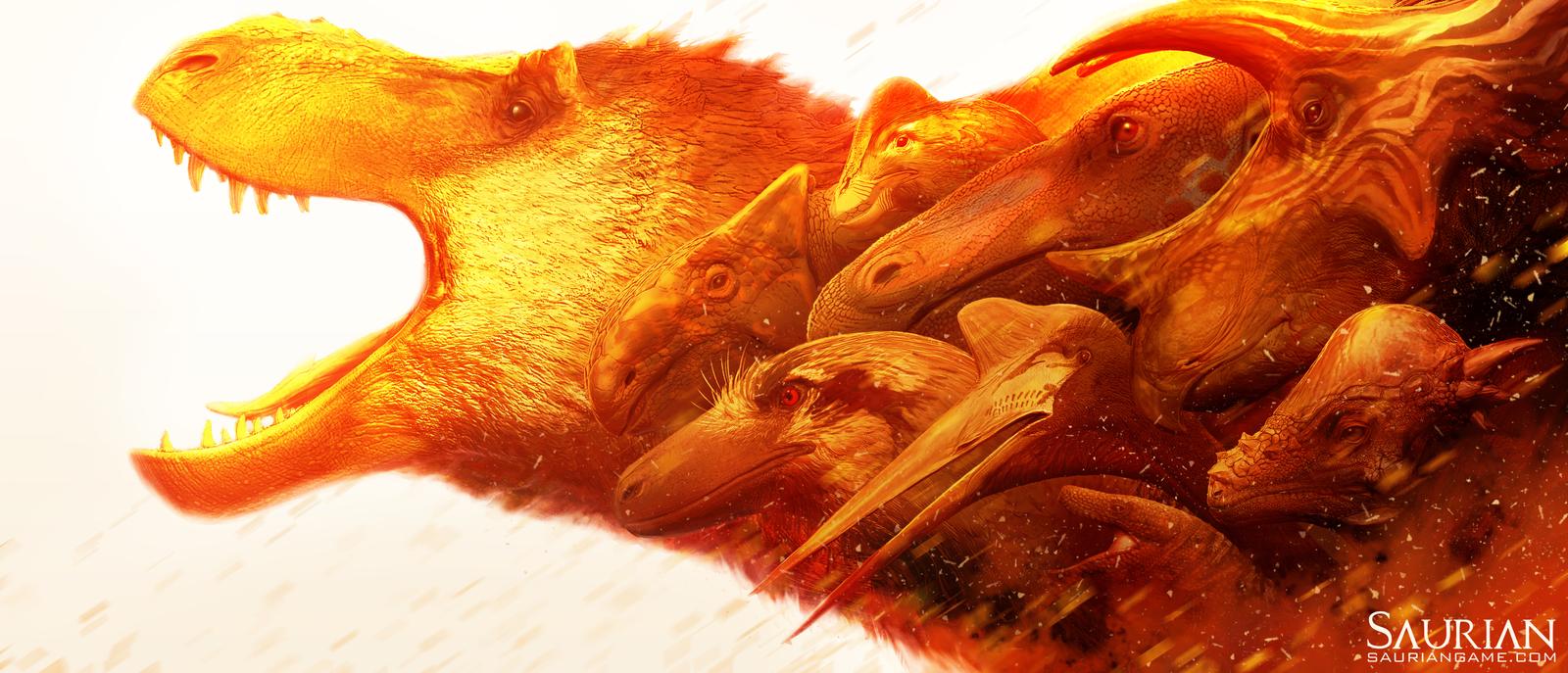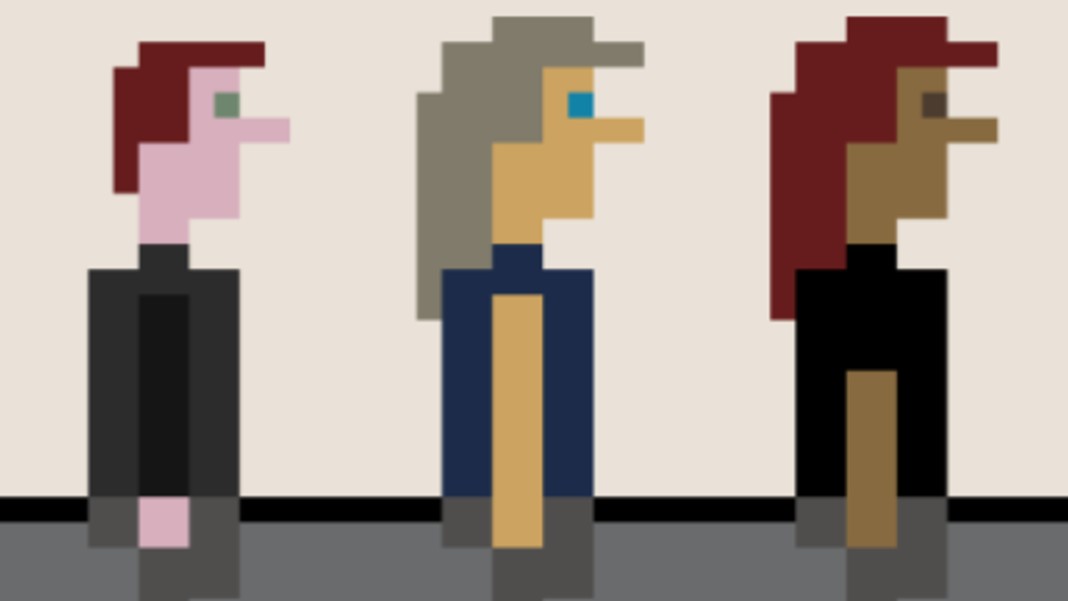Hello and welcome once again to the history of indie games. Last time we were examining the preliminary explosion in indie gaming that laid the ground work for the larger market. This week we’re finally getting a good look at the big reasons behind the massive industry that indie gaming has become.
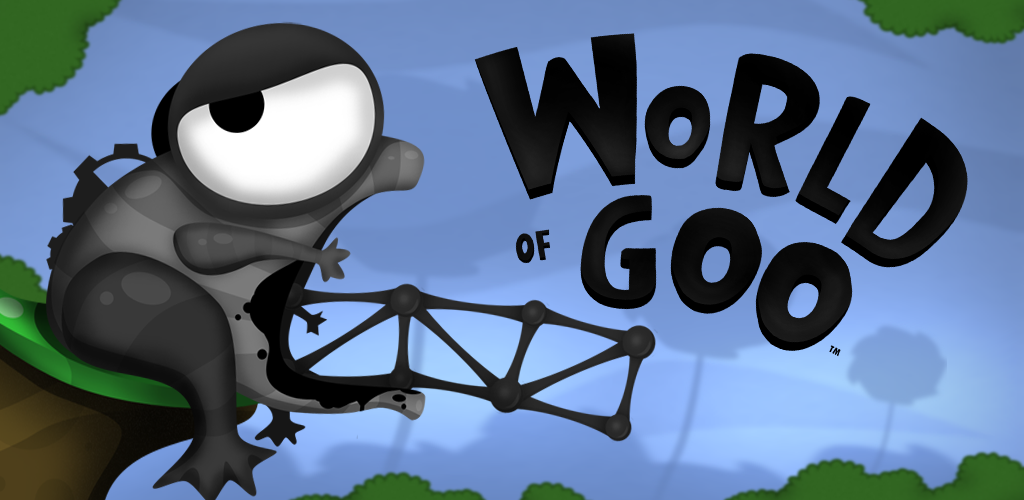
Bundle o’ Fun
With the first true heavy hitters already doing a decent amount to bring mainstream attention to the indie scene, it was time for some big names to start getting more involved with the market. While indie games had made an occasional appearance on the big platforms like the Xbox Live Arcade or the PlayStation Store, it would be a service tailor made for indie games that did the most for indie visibility.
The Humble Indie Bundle, now known simply as Humble Bundle, started life in 2010 as a way for developers to increase sales of their games, while offering their games at a competitive price and supporting a good cause to boot. With a philosophy of allowing easy purchases, promoting smaller games and helping much deserving charities it’s no surprise that the Humble Indie Bundle proved quite popular.
The first Humble Indie Bundle was released between May 4th and May 10th 2018, and contained some pretty big names. World of Goo is a simple puzzle game about creating structures based around small balls of goo with faces. While the developer, 2D Boy, hasn’t gone on to create anything since then they did go on to found the pretty successful developer Tomorrow Corporation.
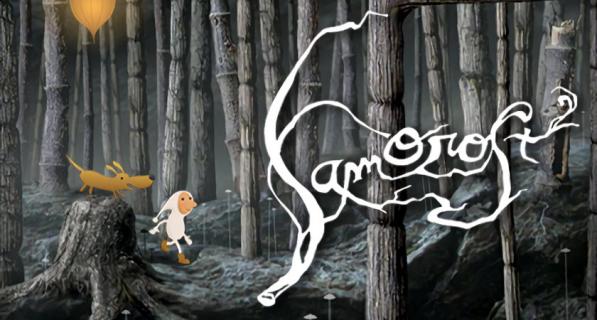
Breakout
Penumbra: Overture and Samorost 2 where another couple of highlights from the first bundle, the first an episodic horror title from Frictional Games and the second a sequel to the adventure game Samorost. By the time the bundle was over it had raised more than $1.27 million and shifted over 138,000 copies, clearly a breakout success for the first attempt at the format.
With the massive number of sales and the money raised for charity it was no surprise when later in 2010 another Humble Indie Bundle was announced. By the end of 2011 there had been 8 bundles in total and nearly $12 million raised, not to mention the inclusion of some of indie’s biggest stars. Games like Braid, The Binding of Isaac, Atom Zombie Smasher and VVVVVV made the bundles a huge success, and helped millions of people to start recognising the huge potential that the indie sphere had to offer.
With the Humble Indie Bundle’s success, it was only a matter of time before it had imitators. Indie Royale, Bundle Stars, and IndieGala all had success using the Humble Bundle formula, and again helped to promote the visibility of indie games to a mass audience. With features such as steam and origin codes, apps for smartphones and eventually the ability to gift codes to your friends, the bundle trend never showed signs of slowing down, and certainly hasn’t to this day.
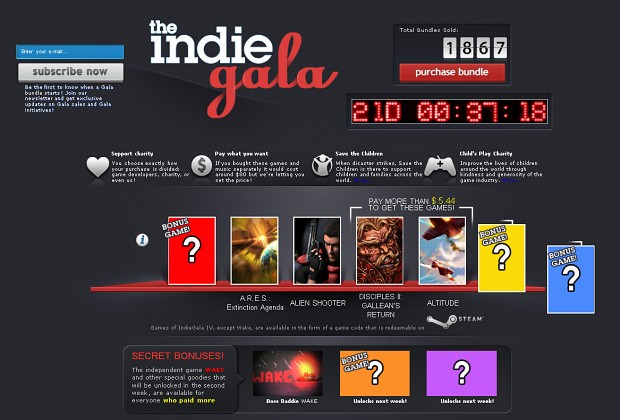
Another Day, Another Bundle
While the Humble Bundle wasn’t the only factor in the huge success of modern indie gaming, it certainly was a major one. To this day new Humble Bundles are being released, although they’ve lost their ‘indie only’ attitude. In our next and final installment of the history of indie games we will be taking a look at the state of the contemporary indie scene, and the final hurdles that indie games have had to face on their road to mainstream legitimacy.

